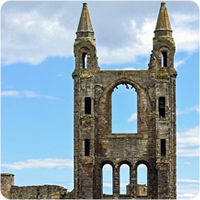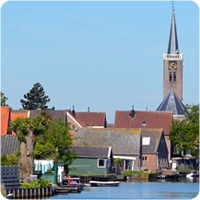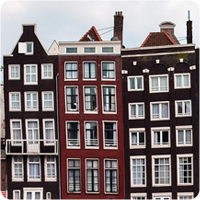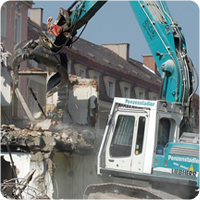Het arrangement Save old buildings? v456 is gemaakt met Wikiwijs van Kennisnet. Wikiwijs is hét onderwijsplatform waar je leermiddelen zoekt, maakt en deelt.
- Auteur
- Laatst gewijzigd
- 11-05-2025 22:49:41
- Licentie
-
Dit lesmateriaal is gepubliceerd onder de Creative Commons Naamsvermelding-GelijkDelen 4.0 Internationale licentie. Dit houdt in dat je onder de voorwaarde van naamsvermelding en publicatie onder dezelfde licentie vrij bent om:
- het werk te delen - te kopiëren, te verspreiden en door te geven via elk medium of bestandsformaat
- het werk te bewerken - te remixen, te veranderen en afgeleide werken te maken
- voor alle doeleinden, inclusief commerciële doeleinden.
Meer informatie over de CC Naamsvermelding-GelijkDelen 4.0 Internationale licentie.
Aanvullende informatie over dit lesmateriaal
Van dit lesmateriaal is de volgende aanvullende informatie beschikbaar:
- Toelichting
- Deze les valt onder de arrangeerbare leerlijn van de Stercollectie voor Engels voor vwo, leerjaar 4, 5 en 6. Dit is thema 'Buildings'. Het onderwerp van deze les is: Save old buildings? In deze les gaat over redenen om wel of niet oude gebouwen redden. De grammaticaopdracht behandelt adverbs and adjectives.
- Leerniveau
- VWO 6; VWO 4; VWO 5;
- Leerinhoud en doelen
- Engels;
- Eindgebruiker
- leerling/student
- Moeilijkheidsgraad
- gemiddeld
- Studiebelasting
- 4 uur 0 minuten
- Trefwoorden
- adverbs and adjectives, arrangeerbaar, engels, oude gebouwen redden, save old buildings?, stercollectie, v456
Gebruikte Wikiwijs Arrangementen
VO-content Engels. (2021).
Save old buildings? h45

 In this lesson you are going to read about old buildings.
In this lesson you are going to read about old buildings.


 Speaking
Speaking

 Grammar
Grammar
 Writing: Adverb - Adjective swap
Writing: Adverb - Adjective swap Task: Writing
Task: Writing What have you learned in this lesson?
What have you learned in this lesson?